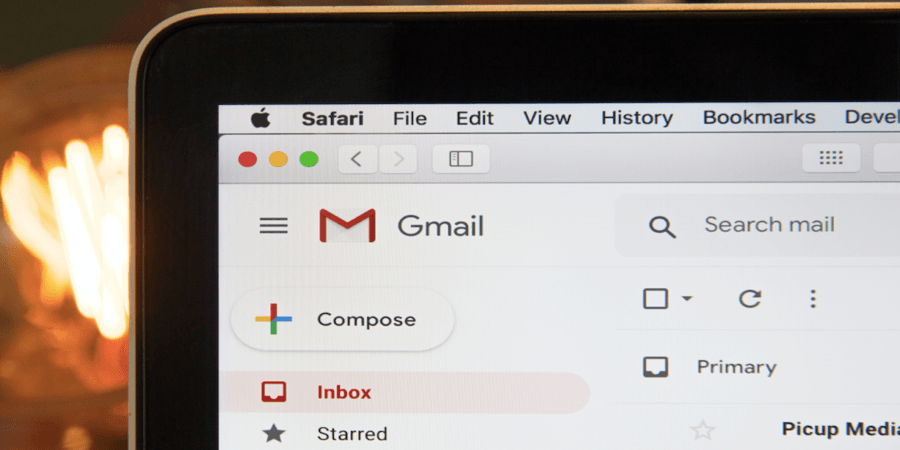
Email Personalization: How it Works & Best Practices for Getting it Right
You’ve got mail (but chances are you don’t want it). People want to be informed about products and services that are relevant, but hate being inundated with (bad) emails. Every time an irrelevant email is sent, the chances of a customer opening up a later email drops. According to Email Monks, “Email lists decay every year by about 30%.” This stems from being engaged at the wrong time, in the wrong way. The solution is email personalization, but what’s the best way to do it? In this article, we’ll cover helpful stats on consumer expectations around personalization, what top brands are doing to successfully personalize their emails and strategies your company can implement to achieve similar success.
It’s no surprise that sending personalized emails has become a major goal for most retailers. According to the Data Marketing Association, segmented email campaigns as opposed to generalized, one-size-fits-all campaigns, increases revenue nearly 8-fold. Some sources have the figure as high as 18-fold! That’s gigantic, and companies are taking note. According to a survey by CampaignMonitor, “improving email personalization was the number one goal for 38% of marketers and was also the number one challenge for 36% of marketers.” And one other stat, just for fun — 80% of customers are more likely to make a purchase if a company offers a personalized experience.
Perhaps this is stating the obvious, but the more data you have on a consumer, the easier it will be to execute effective email personalization. Here are a few examples of using segmented data to create great personalized email campaigns:
First, let’s start with the most basic of information — a person’s name. Using a person’s name in an email says, at the simplest level, that your company recognizes that person as an individual. And according to MarketingSherpa, using a person’s name in an email’s subject line increases the likelihood of an email being opened by 41%.
There are plenty of other ways to personalize emails, such as by location, by gender, by age, and last but not least, by the behavioral data collected when a customer browses your site or mobile app. Virgin used user location data, for example, to send emails with geographic-specific images. This resulted in a 29% increase in their click-through rate. Adidas uses gender information to send men’s apparel offers to their male customers and women’s apparel offers to female customers.
Let’s expand on using data collected from customer interactions for a bit. Emails from FitBit, for example, offer highly personalized statistics on a person’s weekly and overall walking habits and sends achievement emails when certain goals are met. Spotify sends emails to its listeners offering suggestions based on their previous listening habits. Spotify also sends emails to “top listeners” of specific artists, offering exclusive deals and pre-sale ticket opportunities. Sharing this sort of data with a consumer not only builds trust but also results in high-quality, personalized emails that are highly effective and often read.
The best place to start when it comes to sending personalized emails is not with a typical email marketing platform. Instead, a better option is something like a data orchestration platform. Data orchestration platforms allow marketers to run email, social, and ad campaigns all from one place and understand audience data collected from these activities holistically. Better yet, they feed the audience data you collect from your cross-channel campaigns directly back into the platform — ensuring your audience segments are continually enriched (and that your ability to personalize emails continually improves).
All in all, by running cross-campaigns in one platform as data orchestration allows, you'll have much deeper, more actionable insight into who your customers are. And as a result, the ability to create profoundly targeted emails and ads based on user activity, location, cross-channel conversion paths, and more. Schedule a free evaluation with our SA team to get started.
Share:
Got a project?
Harness the power of your data with the help of our tailored data-centric expertise.
Contact us